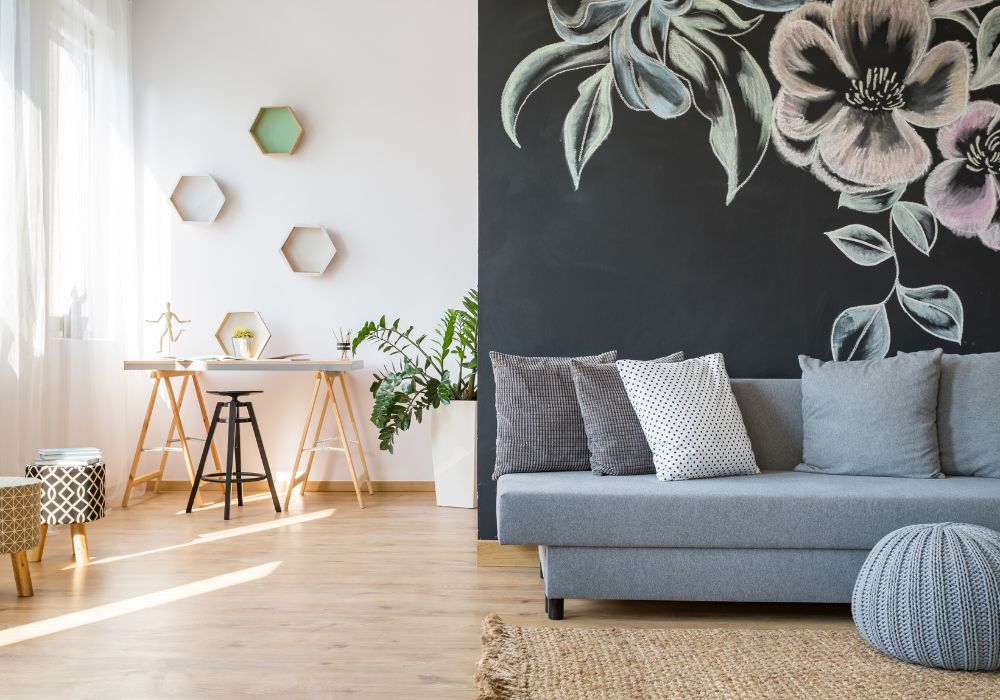Decorating an apartment allows you to show your style, but it’s easy to make decisions that don’t quite go. Even with excellent pieces, these mistakes can make your space seem disjointed or cramped. Whether your apartment is small or large, avoiding typical decorating errors will help you maximize it.
This article will provide professional advice on what to avoid so you may design a balanced, cozy, and fashionable house.
Apartment Decorating Basics
Apartment decorating aims to maximize comfort and utility while yet reflecting your style. Given the limited square footage of many apartments, it’s wise to choose furniture and décor with several uses. Consider how each item enhances the room’s flow so that everything has a place without crowding the area.
Another important aspect is finding a balance between style and function. Appropriate lighting and a coherent color scheme can help bind the room together and create a sense of space and invitation. Personal touches like artwork and distinctive furniture will help the apartment seem like home. Still, balancing style with utility is important to ensure the place stays livable and clutter-free.
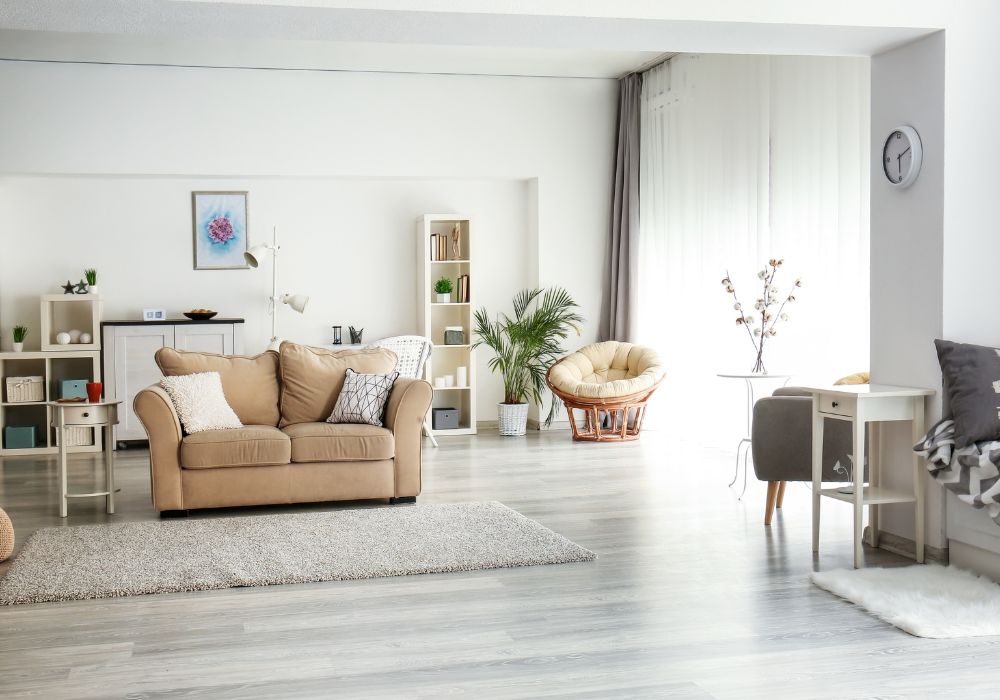
Choosing Oversized Furniture
One of the most common mistakes in apartment decoration is choosing furniture too big for the available space. Oversized dining tables, sofas, or even beds can overwhelm a room and create little space for movement.
No matter how carefully you have arranged everything else, the apartment feels small and unbalanced when big furniture takes the front stage. This problem can also limit your design options and result in a cluttered look by preventing you from adding other vital pieces.
Measuring your apartment thoroughly before purchasing furniture will help you to avoid this error. Make sure you choose pieces that fit precisely within the exact measurements of every room. Choosing smaller or multipurpose furniture is wise in apartment decoration.
For instance, decide on a loveseat rather than a full-sized sofa or purchase a coffee table with built-in storage. Another great choice is modular furniture since it lets you arrange elements to match the room’s design. Leave enough space to walk between objects comfortably. Concentrate on designing a space that feels open and useful rather than packed.
Ignoring Proper Lighting
Lighting is often an afterthought in apartment decorating, but it plays a crucial role in the overall atmosphere of a space. Relying solely on overhead lighting can create a harsh, uninviting environment with uneven illumination. Rooms without enough lighting can feel dark and small, making all your design efforts seem flat and lifeless. Without proper lighting, even the best-decorated apartments can feel dull and incomplete.
To solve this, it’s important to layer your lighting. Start with ambient lighting to provide general illumination throughout the room. Next, add task lighting to areas needing focused light, such as a reading nook, kitchen counter, or desk.
Finally, include accent lighting to highlight decor elements like artwork or a statement piece of furniture. Combining floor lamps, table lamps, and wall sconces can help you achieve a warm, inviting space that feels dynamic. Dimmer switches are also a great addition to apartment decorating, allowing you to control the mood and brightness of the room depending on the time of day or the occasion.

Lack of Cohesive Color Scheme
Ignoring to create a coherent color scheme is another typical apartment decorating error. Your space can seem disjointed and chaotic without a consistent palette, making eye focus difficult.
A room lacks harmony when furniture, walls, and accessories contradict in color, generating an imbalance. Random color selections can also limit future decorating possibilities by making adding new pieces that fit perfectly into your design challenging.
Starting your apartment decoration process with a base color for your space will help. This color should accentuate the general vibe and style you wish to project. Once you have your base color, build a palette around it using neutrals and complementary tones. For instance, if you decide on a neutral base like gray or beige, you can add depth by using accent colors like navy blue, mustard yellow, or forest green via rugs, throw pillows, and artwork.
Restricting your palette to roughly three main colors will help the room to remain aesthetically pleasing without overpowering it. This method ensures a harmonic flow across your apartment, which facilitates the later on introduction of new objects without compromising the aesthetic integrity.
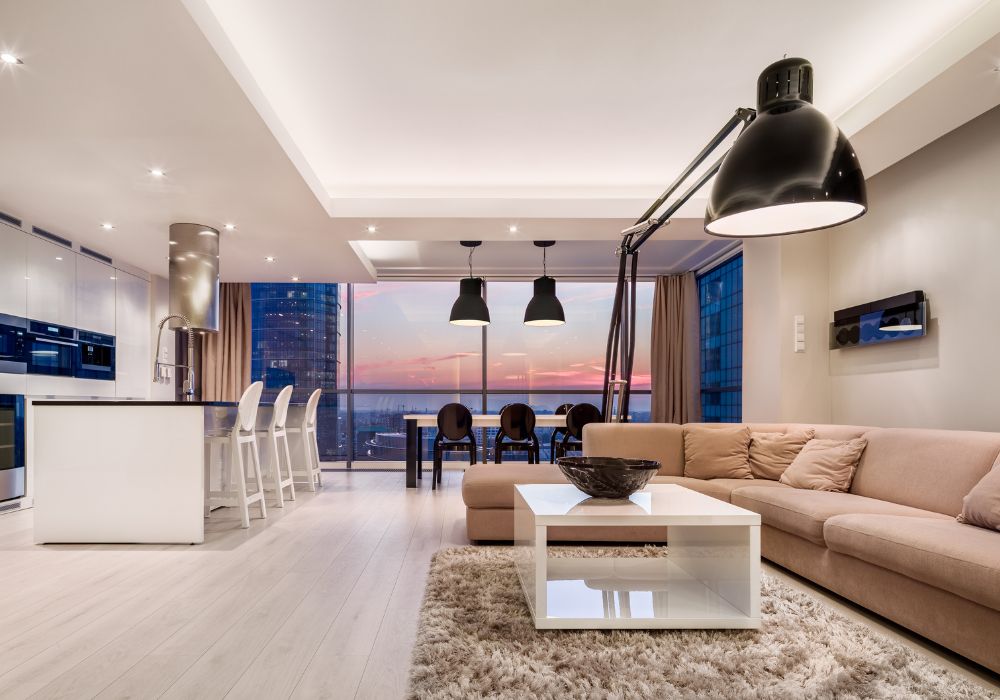
Neglecting Wall Art and Decorations
When people think about apartment decorating, they often focus on furniture and functional items, forgetting about the impact of wall art and decorations. Bare walls can make your apartment feel unfinished or sterile, no matter how well you’ve styled the rest of the space.
Without the right decor, your apartment may lack the personality and warmth that art, photos, or other personal items can provide. This mistake leaves your apartment feeling less like a home and more like an empty shell.
Integrating wall art and decorations that reflect your personality and style is the solution. In apartment decorating, choosing pieces that enhance the room rather than overwhelm it is important.
Select art that complements your color scheme and adds interest to the room during your apartment decorating plans. If you’re unsure where to start, consider a gallery wall with a mix of framed photos, art prints, and other small pieces that tell your story. Even hanging a few large statement pieces can completely change the mood of the space. The key is to balance filling your walls and leaving enough negative space so the room doesn’t feel cluttered.
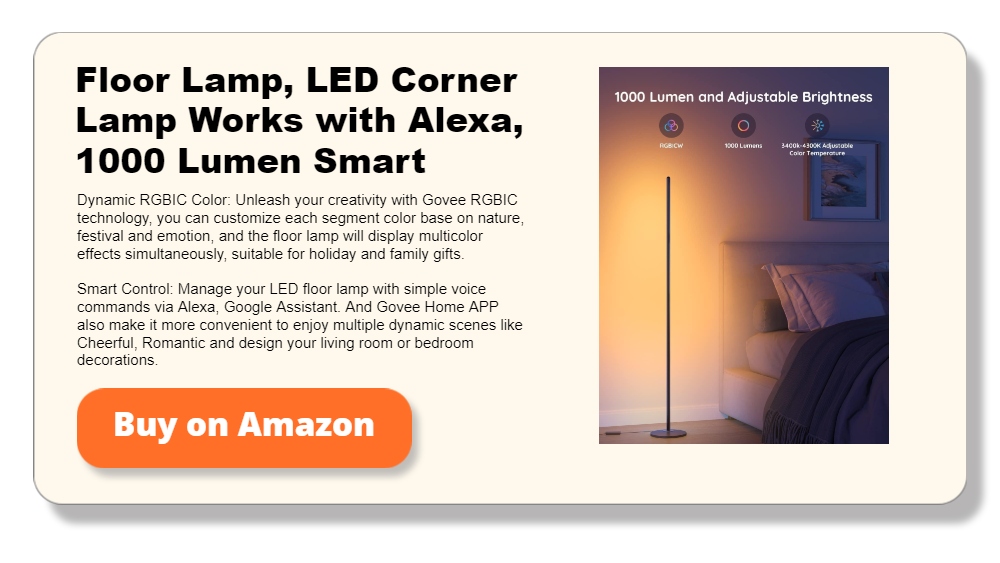
Overlooking Storage Solutions
Storage is often overlooked in apartment decorating, but it’s one of the most crucial aspects of creating a functional and comfortable home. In small apartments, a lack of storage can quickly accumulate clutter, making your space feel chaotic and cramped.
When you don’t have designated places for your belongings, it becomes difficult to maintain an organized environment. Ignoring storage solutions can limit your apartment’s livability and make it hard to enjoy the beautifully decorated space you’ve worked so hard to create.
To avoid this issue, incorporate smart storage options into your apartment decorating plan from the start. Look for furniture that does double duty, like ottomans with hidden compartments, storage beds, or coffee tables with built-in shelves. Utilize vertical space by installing shelves, hooks, or cabinets on the walls.
Every inch of space counts in small apartments, so consider creative solutions like under-the-bed storage or hanging organizers for closets and bathrooms. Investing in practical storage’ll keep your apartment tidy and functional without sacrificing style.
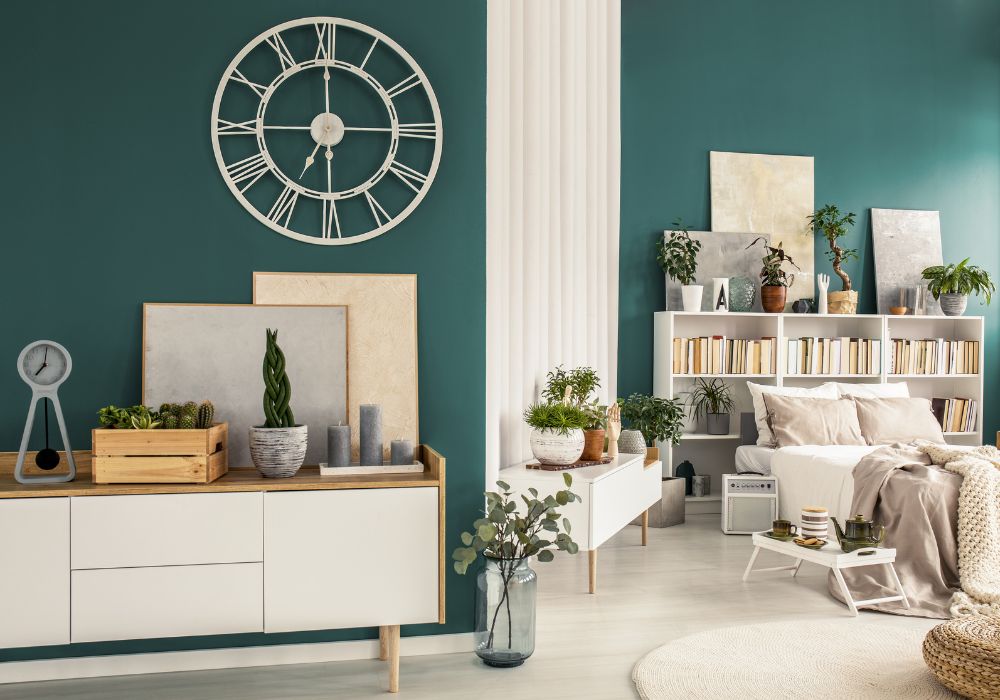
Pushing All Furniture Against Walls
In apartment decorating, it’s tempting to push all your furniture against the walls to make the space feel bigger. Many people believe that by doing this, they’re opening up the center of the room and creating more space for movement. However, this layout can have the opposite effect.
When all the furniture is lined up along the walls, it creates an empty, awkward center that makes the room feel less inviting and functional. This approach can also limit how you use the space, making establishing distinct zones for different activities hard.
Floating some of your furniture away from the walls is a better approach. In apartment decorating, creating a balanced layout with floating furniture helps to define different areas, like a cozy seating zone or a workspace.
For example, placing a sofa and coffee table in the middle of your living room can create a more intimate, inviting atmosphere. You can also use rugs or smaller pieces like bookshelves or side tables to anchor different room areas. By breaking up the space, you’ll create a more functional, comfortable, and visually appealing layout that encourages better flow and use of your apartment.
Ignoring Scale and Proportion
One major mistake in apartment decorating is ignoring scale and proportion. When furniture and decor items don’t match the size of your space, it creates an unbalanced and awkward atmosphere.
For instance, placing a large sectional sofa in a small living room can overwhelm the space, while tiny chairs or a small coffee table in a large room can feel out of place. Mixing large and small furniture pieces without considering their relationship to one another can result in a cluttered, disorganized look.
To avoid this, always keep the size of your apartment and each room in mind. In apartment decorating, the goal is to create a sense of harmony between the items in your space. If you have a small apartment, choose appropriately sized furniture that doesn’t dominate the room.
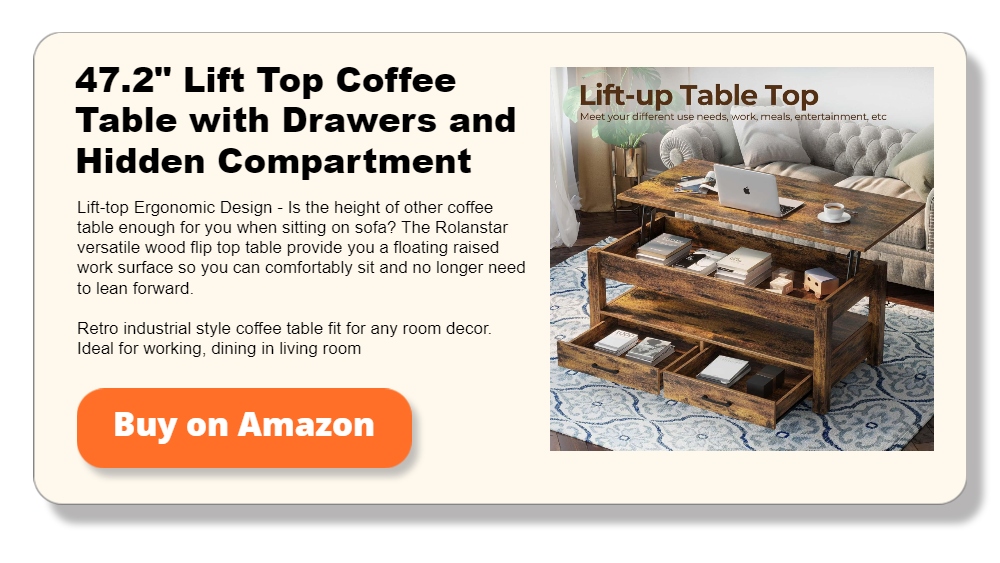
When working with larger space, don’t be afraid to add bigger statement pieces to fill the area and create a sense of scale to your apartment decorating plans. Balance is key! mix large and small pieces carefully to ensure they complement each other. For example, pair a large sofa with a medium-sized coffee table or place a tall bookshelf next to a low-side table to create visual interest while maintaining proportion.
Failing to Personalize the Space
Many people fall into the trap of replicating a showroom look or copying an entire style from a magazine when decorating their apartment. While it’s important to draw inspiration, failing to add personal touches can make your apartment feel cold and impersonal.
If every item in your space looks like it was chosen from a catalog, the result is a room that lacks character and individuality. Apartment decorating should reflect your personality and lifestyle, creating a space that feels like home, not just a styled photo.
To fix this, find ways to incorporate personal items that make the space uniquely yours. Apartment decorating should blend style with function and include elements with personal meaning. These could be anything from family photos and souvenirs from trips to handmade artwork or vintage finds.
Even small additions like books, plants, or unique trinkets can significantly improve the feel of your space by making it feel more lived-in and personal. The key is to balance these items with your overall design to prevent the space from becoming cluttered or mismatched while still showcasing who you are.

Neglecting Window Treatments
In apartment decorating, one of the most overlooked aspects is window treatments. Leaving your windows bare can make a room feel incomplete and stark. Without the right window coverings, you’re missing out on an opportunity to control light, add privacy, and enhance the space’s overall aesthetic. Bare windows can also make your apartment feel less cozy, especially at night when the lack of curtains or blinds can give the room a cold, unfinished look.
The solution is to treat window coverings as an integral part of your apartment decorating plan. Choose window treatments that complement your overall style while offering functionality. For a modern look, wear sleek blinds or sheer curtains that allow natural light to filter through without sacrificing privacy.
If you want a cozier feel, opt for heavier drapes or layered curtains that add texture and warmth. Don’t forget about the hardware. Curtain rods and finials can also make a style statement. Selecting the right window treatments can elevate your apartment’s ambiance and make it feel complete.
Forgetting About Functionality
It’s easy to get caught up in aesthetics when focusing on apartment decorating, but functionality should never be forgotten. A beautiful space that’s not practical to live in can quickly become frustrating. If you fill your apartment with trendy furniture and decor that doesn’t meet your daily needs, it will negatively impact your comfort and lifestyle. For example, a stunning but uncomfortable sofa or a stylish coffee table with no storage might look great but won’t serve your daily life.
To strike a balance, make sure your apartment decorating choices are visually appealing and functional. Look for furniture that provides comfort and meets your needs, like a cozy sofa you’ll actually enjoy sitting on or a dining table that offers enough space for meals.
Multifunctional furniture pieces, such as storage ottomans or fold-out desks, can also help maximize your apartment’s practicality without sacrificing style. In apartment decorating, finding pieces that blend seamlessly into your space while improving its usability ensures you get the best of both worlds. You achieve beauty and function with your apartment decorating endeavor.
Not Considering Apartment Restrictions
Working within the guidelines and restrictions imposed by landlords or building management is one of the most challenging obstacles in apartment decorating. Many flats have particular rules regarding what you can and cannot do when drilling or painting your walls. Ignoring these rules might result in expensive fines or the necessity to undo any work before you leave. If you have invested time and money to make your apartment feel more like home, this can especially irritate you.
One must be creative with temporary solutions in apartment decoration to avoid these problems. For instance, you might add color and personality without breaking lease terms by using removable wallpaper or decals instead of painting walls.
Another choice is hanging shelves or artwork without nails by adhesive hooks that won’t ruin the walls. Floor and table lamps can provide a chic substitute for hardwired choices in lighting. Considering these limitations from the beginning will help you to make your apartment distinctive without breaking the guidelines.
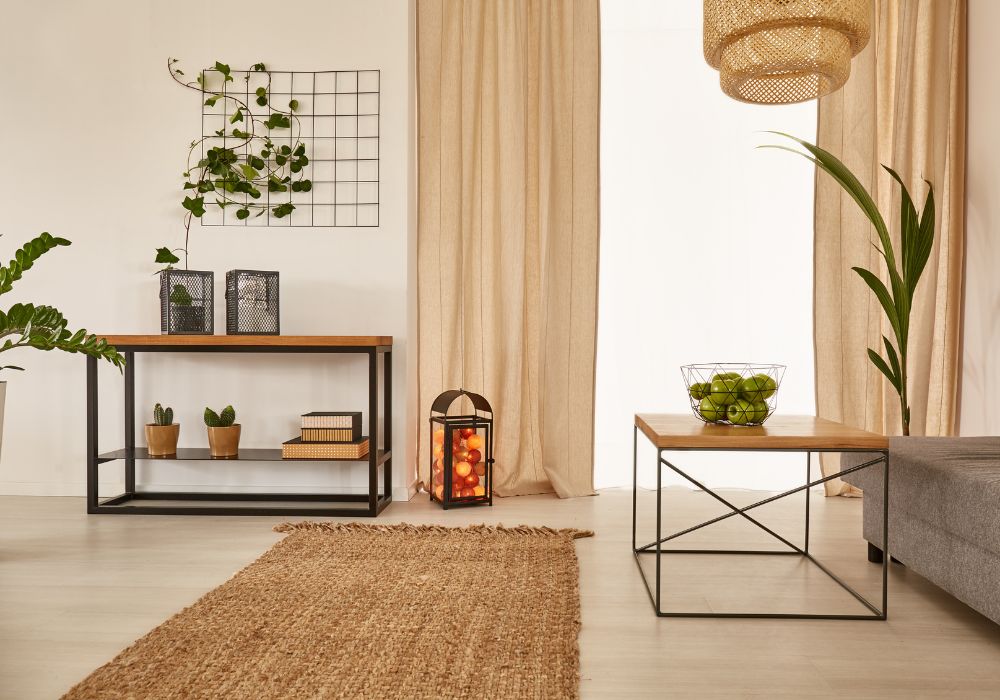
Not Incorporating Greenery
Although they are sometimes disregarded in apartment décor, plants are quite important in giving any area life and freshness. Many flats, particularly in cities, can seem cut off from nature, making the space cold or sterile. Ignoring greenery might make your apartment seem boring, and you lose plants’ extra advantages, such as better air quality and a general ambiance.
Bring plants into your apartment décor plan, it’s the easy fix. Whether or not you have a green thumb, many low-maintenance indoor plants flourish, including pothos, succulents, and snake plants.
If there is little natural light in your area, you might want to choose low-light compatible plants. Little details like adding some hanging planters or a plant on a windowsill can greatly help to soften the edges of your space. Apart from your apartment looking more lively, the plants will help to create a peaceful and welcoming environment.
Overdecorating
Apartment decorating can cause one to overdo accessories, furniture, and décor in enthusiasm. One typical error that might make your apartment seem disorganized and messy is overdecorating. Too many elements vying for attention cause the space to overwhelm and erase the sense of balance that good design seeks. Overstuffed homes can feel cramped and disorganized, compromising general comfort.
To avoid this, decorate your apartment with practicality in mind. Emphasize a few important pieces that really stand out to give your space character without overpowering it. Use negative space to let the room breathe rather than decorating every inch.
In smaller flats where space is limited, the function should always come first than form. Breaking your décor down to the basics will help you to create a visually appealing, comfortable, and functionally useful environment that is also trendy.
Failing to Create a Focal Point
A common mistake in apartment decorating is failing to establish a clear focal point in a room. Without a central element to draw attention, your space can feel disjointed and chaotic. A focal point anchors the room, giving it structure and helping guide the arrangement of furniture and decor. Whether it’s a large piece of artwork, a statement rug, or even a well-placed window, a focal point creates visual interest and provides direction for the overall design.
To avoid this mistake, identify a standout feature in each room during the apartment decorating process. For example, in a living room, the focal point could be a bold piece of furniture, like a vibrant sofa, or a fireplace if you have one. A framed vinyl record album also works as a focal point. Even a striking light fixture or a colorful accent wall can serve this purpose in smaller spaces. Once you’ve chosen your focal point, arrange the rest of the room to highlight and complement it, ensuring the space feels cohesive and inviting. This approach gives your apartment a polished and intentional look.
Conclusion
Apartment Decorating is about striking the proper balance between utility and design. Avoid common errors, such as overdecorating, choosing too big furniture, and ignoring lighting. Making deliberate decisions and emphasizing personalizing the apartment will help you produce an apartment that feels comfortable and especially yours. Remember these suggestions and your apartment will show both style and utility.
We have more ideas to improve the look and function of your home. Check out our home bar guide!

